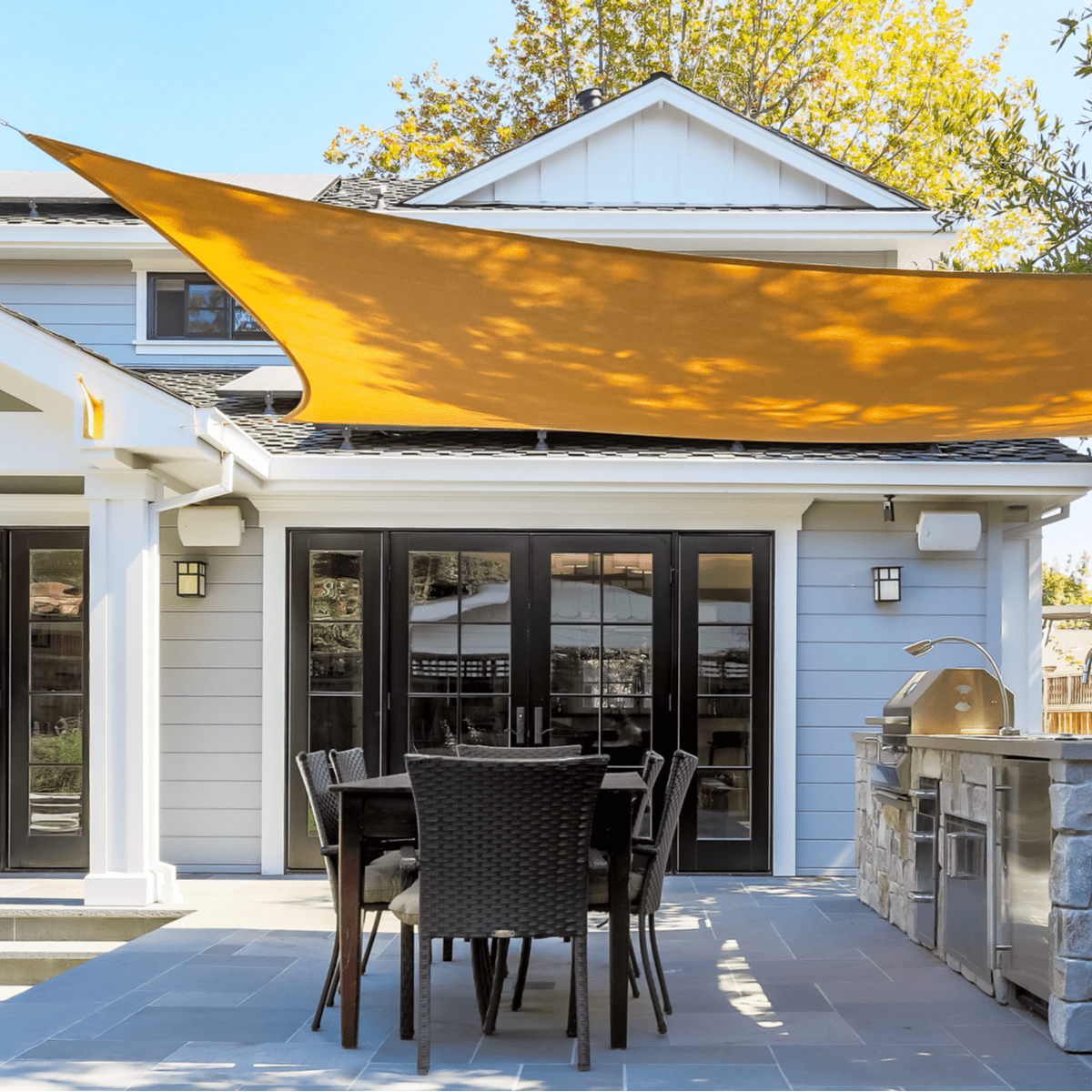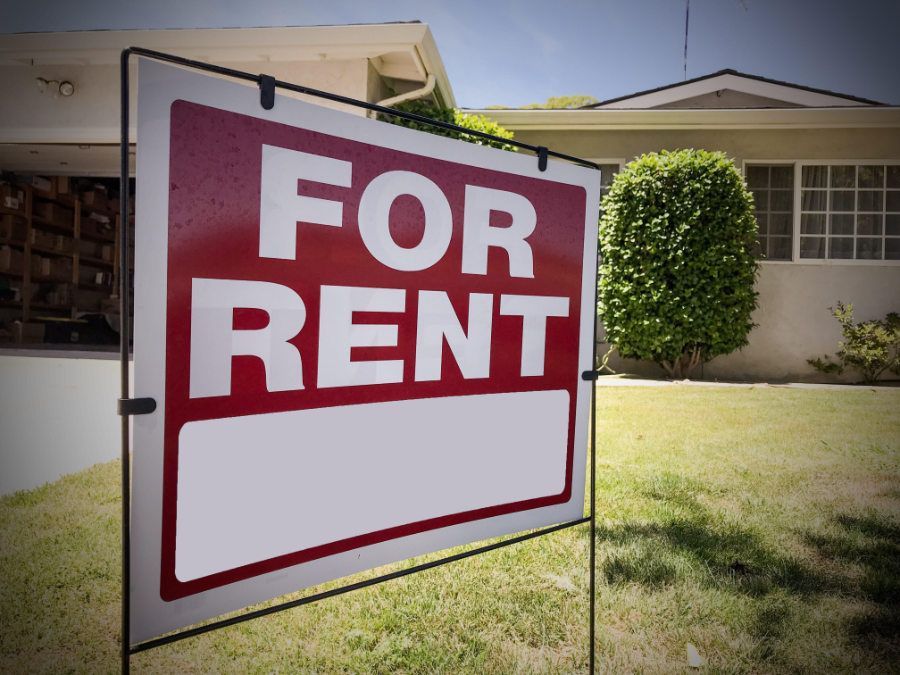Creating a Shaded Outdoor Space for Your Long Beach Rental
Dustin Edwards • October 27, 2021
The Right Outdoor Space Can Keep Tenants Happy for Years

Cultivating a great outdoor experience for your Long Beach Rental
can please your tenants and give them a wonderful area for entertaining and relaxation. However, your tenants need a way to escape the year-round heat, especially during the summertime. Implementing various shade structures can provide your tenants with relief from the hot California sun and keep them safe.
Below are some effective shade structures to consider for your Long Beach rental.
Pergolas
Pergolas are large, rectangular wooden frames with a slatted roof intended to allow minimal sunlight exposure. For warmer days, you can even include a retractable canopy that covers the slats. Additionally, you can incorporate canopies on the sides of the pergola, thus blocking bright light during sunrise and sunset.
Or, if you are looking for a more organic look, you can plant vines to grow within the slats. Not only will this provide an element of natural shade, but it will also act as a stunning statement piece for your tenants and their guests to admire.
Bougainvillea (magenta, thorny flowers that grow well in the warm Southern California climate) and star jasmine (white, fragrant flowers that require minimal maintenance) are both capable climbers and fantastic vine options for pergolas.
Depending on their length and design, pergolas can cost between $1,000 and $2,500 at Home Depot.
Patio Umbrellas
Patio tables are an excellent addition to your Long Beach rental’s outdoor space, and most patio tables come with umbrella holes. These holes make it easy to slip the umbrella poles into, thereby providing shade while your tenants are eating or lounging outside.
Patio umbrellas come in multiple sizes, ranging from 4.5 to 15 feet, as well as numerous colors to match the look of your patio table and cushions. At Home Depot, patio umbrellas cost as little as $50 or up to $200 for larger models. As such, patio umbrellas are a more affordable option than pergolas, though pergolas usually provide lengthier protection from the sun.
Cantilever Umbrellas
Cantilever umbrellas come in the same sizes as patio umbrellas but have their own stand rather than receiving support from a patio table. Though they are a little more expensive than patio umbrellas, cantilever umbrellas are much more versatile as they can go over patio tables, lounge chairs, daybeds, and more.
Shade Sails
Shade sails are large canopies that act as a cheaper and more durable alternative to the aforementioned options. Their thick and stretchy material protects against all forms of Southern California weather, from warm sunny days to strong Santa Ana winds and occasional damp showers.
Shade sails come in a variety of shapes and sizes, most commonly triangular and rectangular. They can protect patio furniture, decks, and even swimming pools. Amazon has many different shade sails to choose from at prices of $20 to $80.
Retractable Awnings
Similar to shade sails, retractable awnings are strong canopies that protect against all types of weather conditions. However, unlike shade sails, which typically connect to the house with hooks in the walls, retractable awnings connect to the wall directly. Additionally, they either pull in and out via a string or the push of a button. This gives your tenants a choice to sit in the sun or stay in the shade. Having either option is especially helpful for the cooler winter months when sun exposure is not as strong.
Wayfair
offers a wide variety of styles and sizes for retractable awnings priced within $100 to $500.
With all these shade structures available, it is important to choose whichever option looks and works best for your Long Beach rental’s outdoor space. If you would like assistance with making these additions, we invite you to call us today at (562) 888-0247, or you can fill out our Owner Application online.





